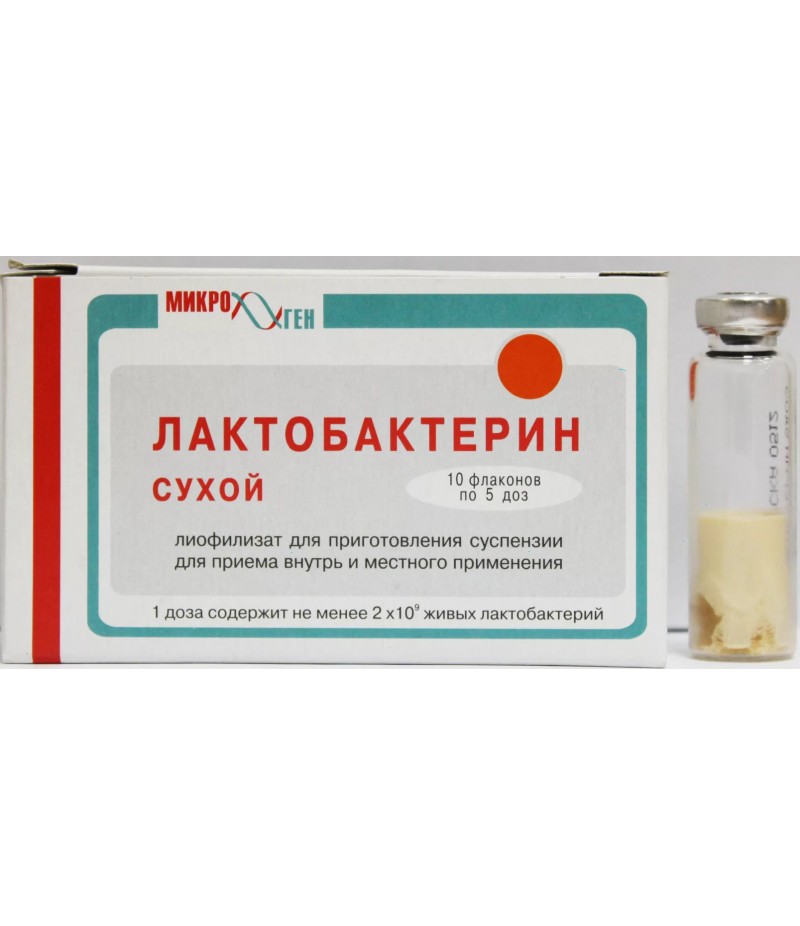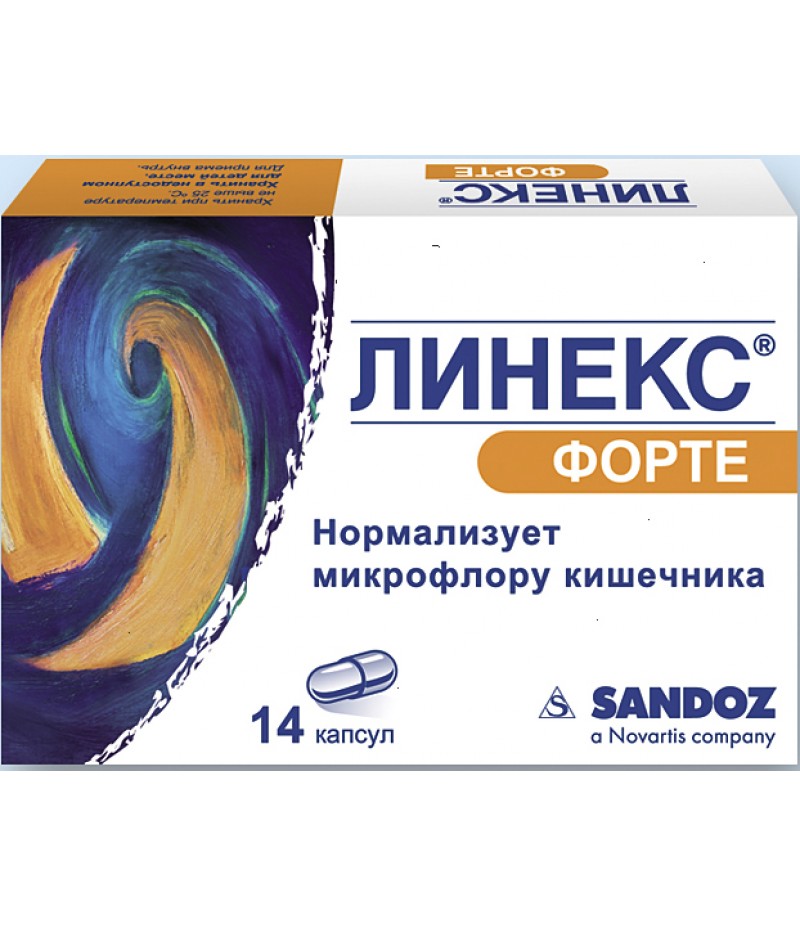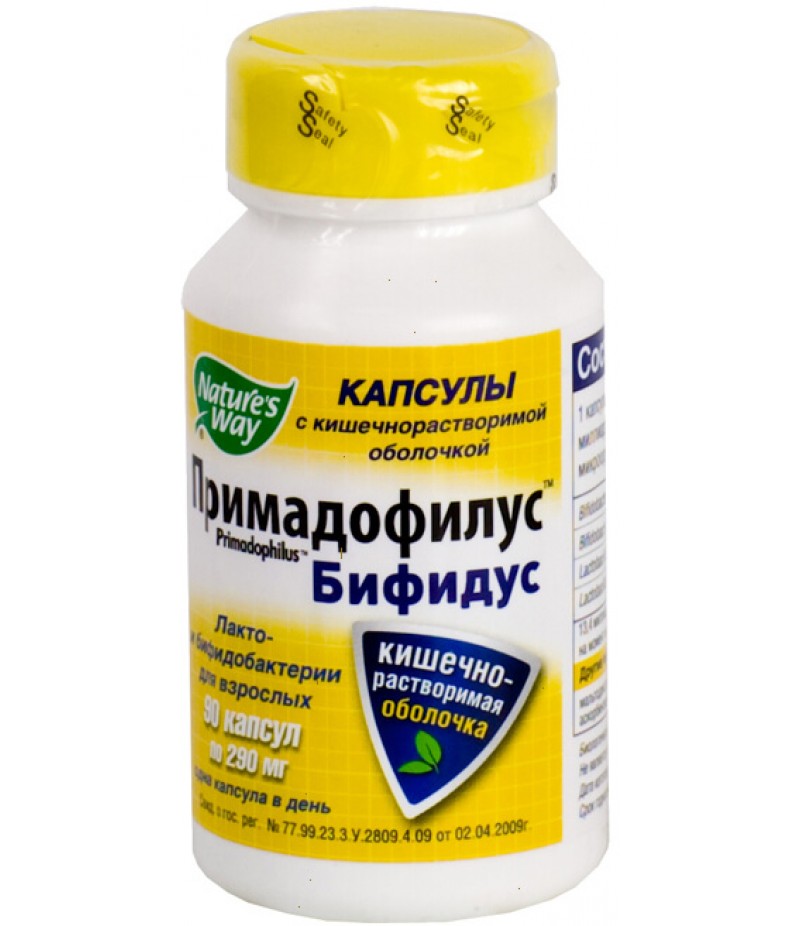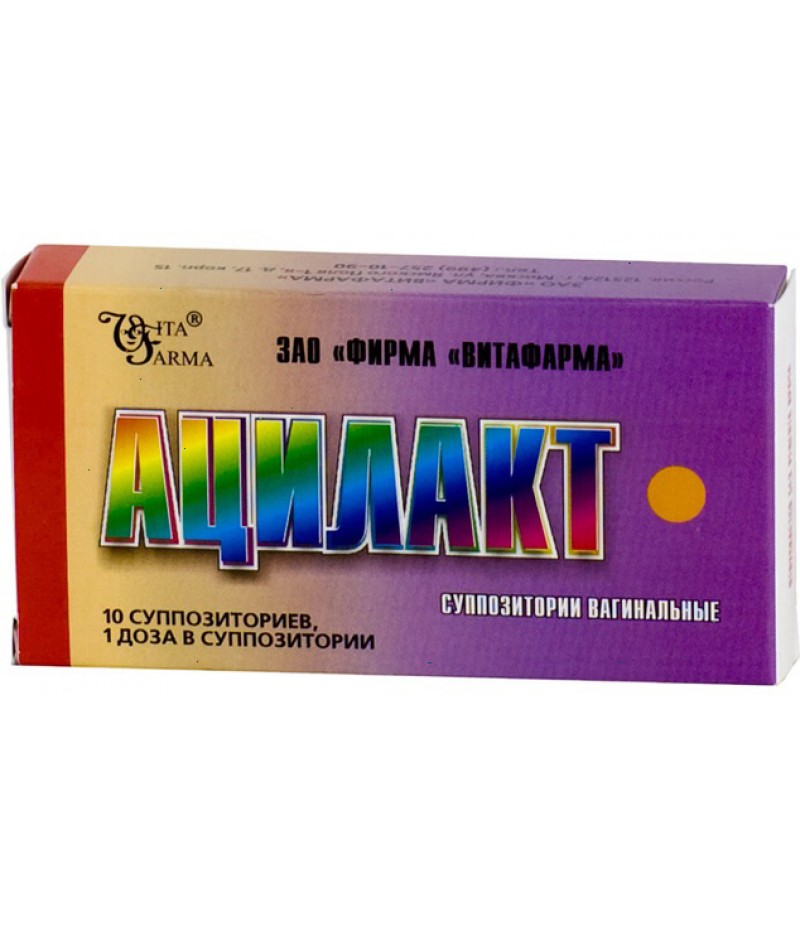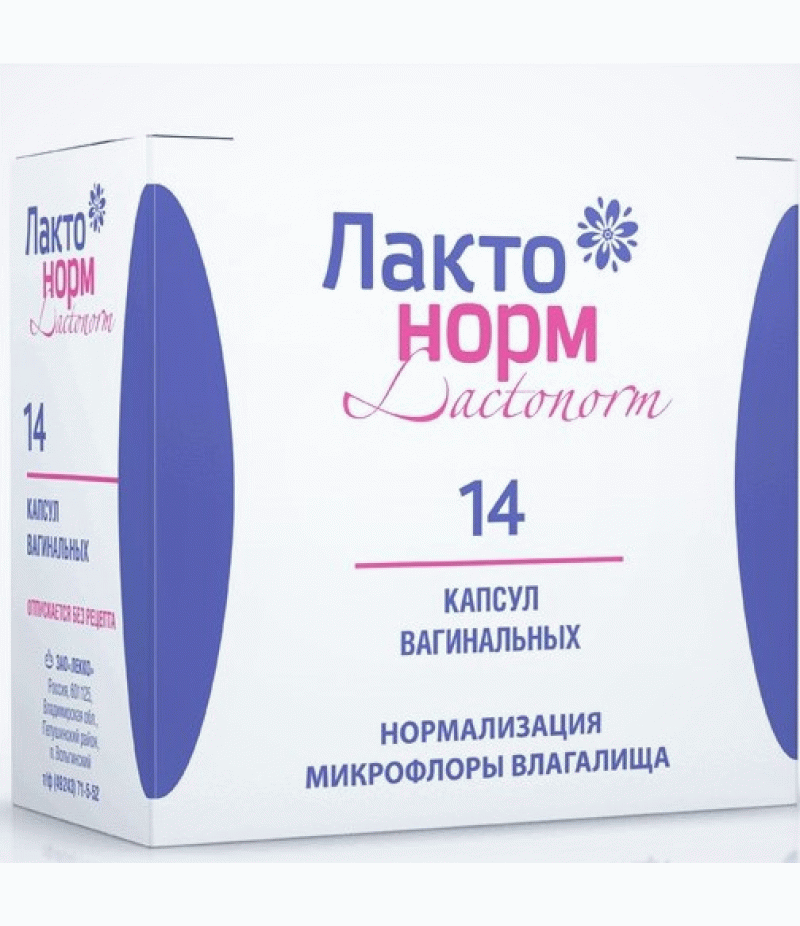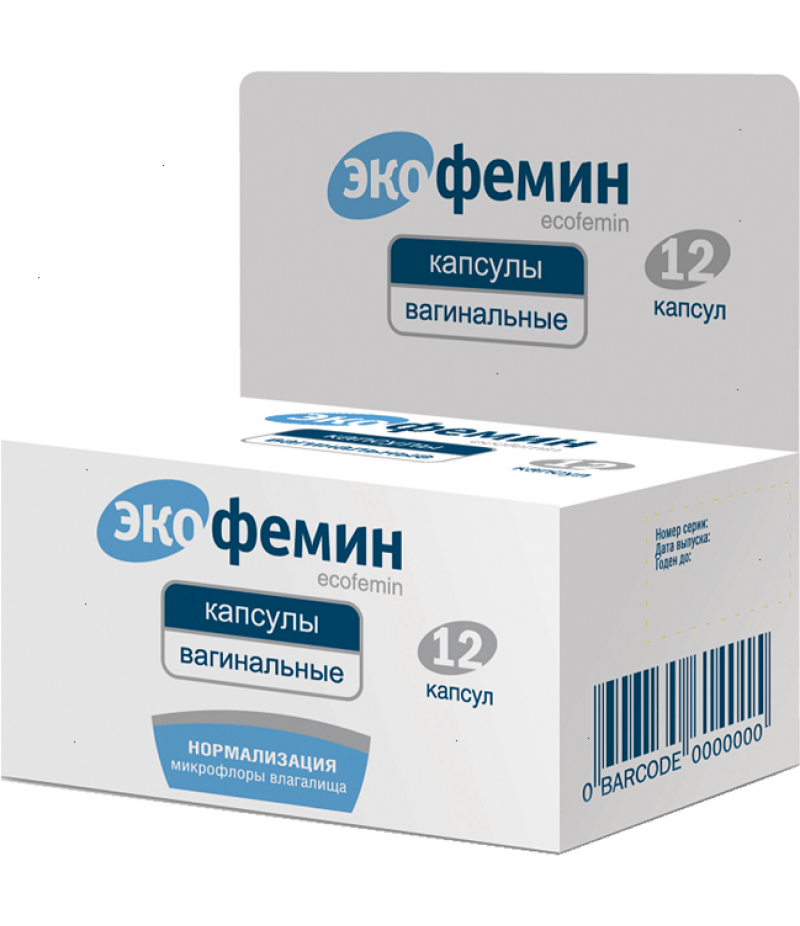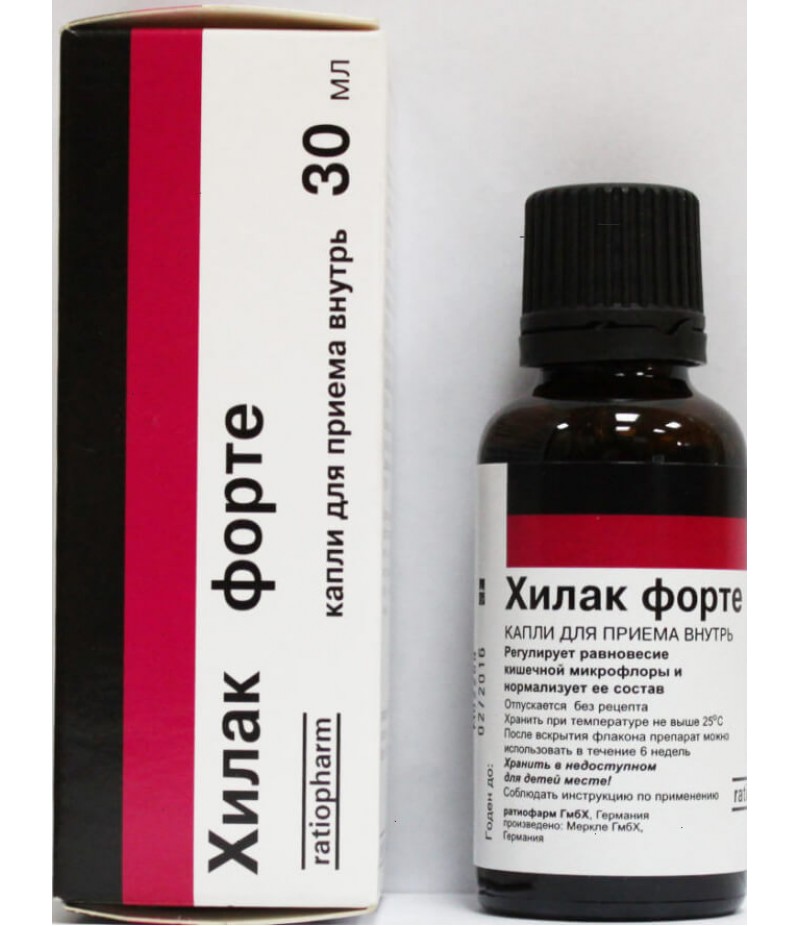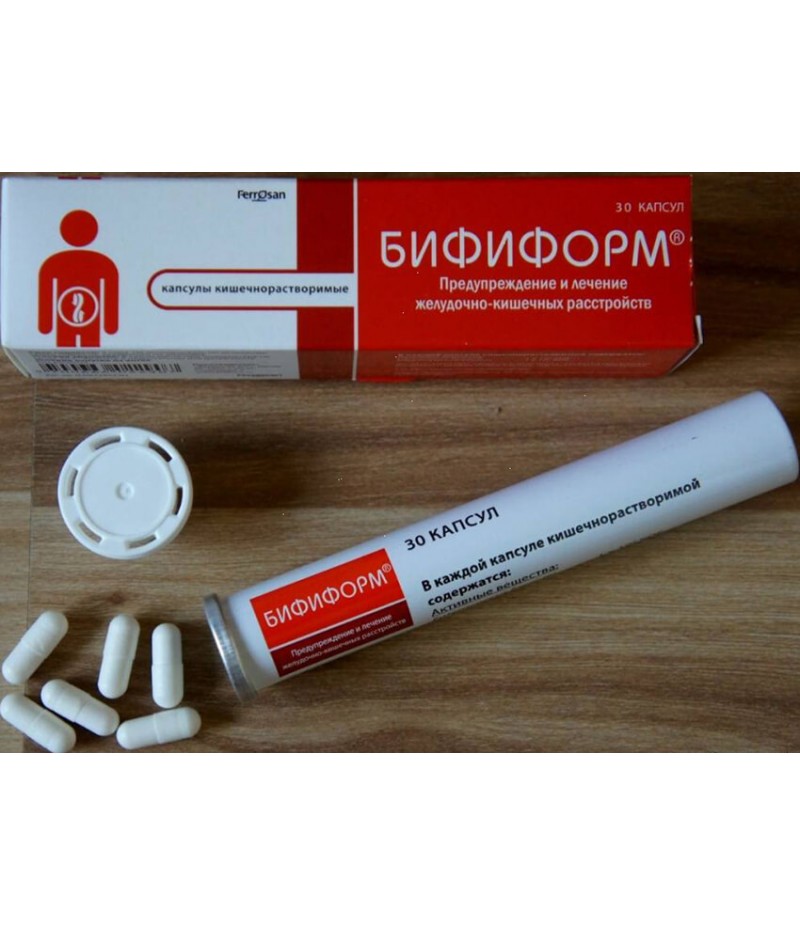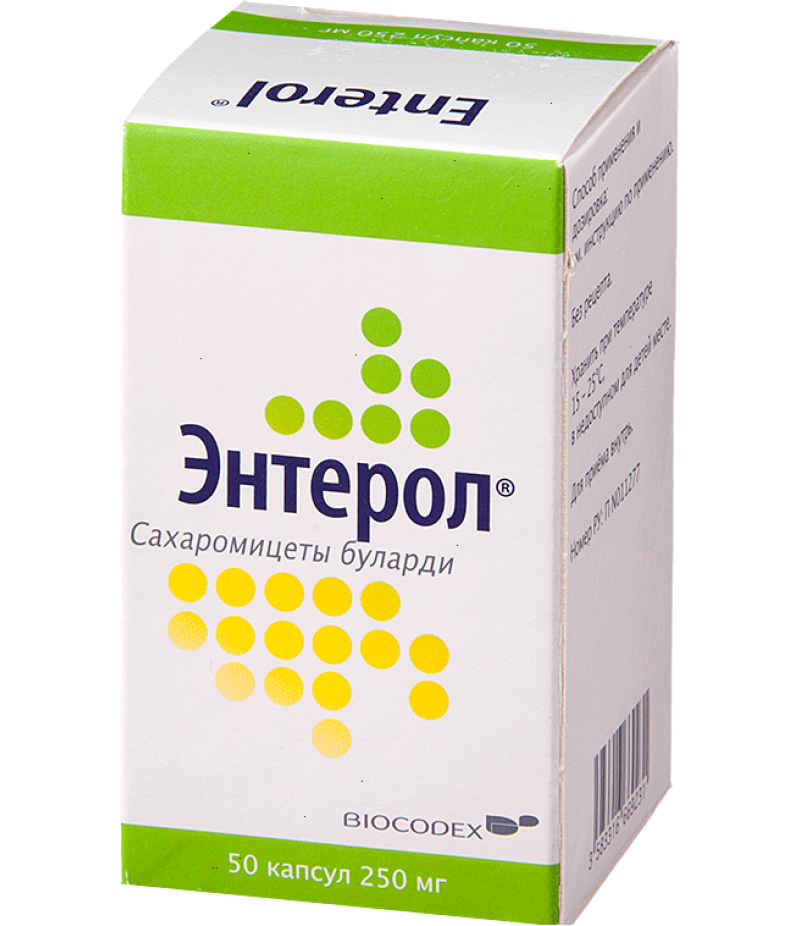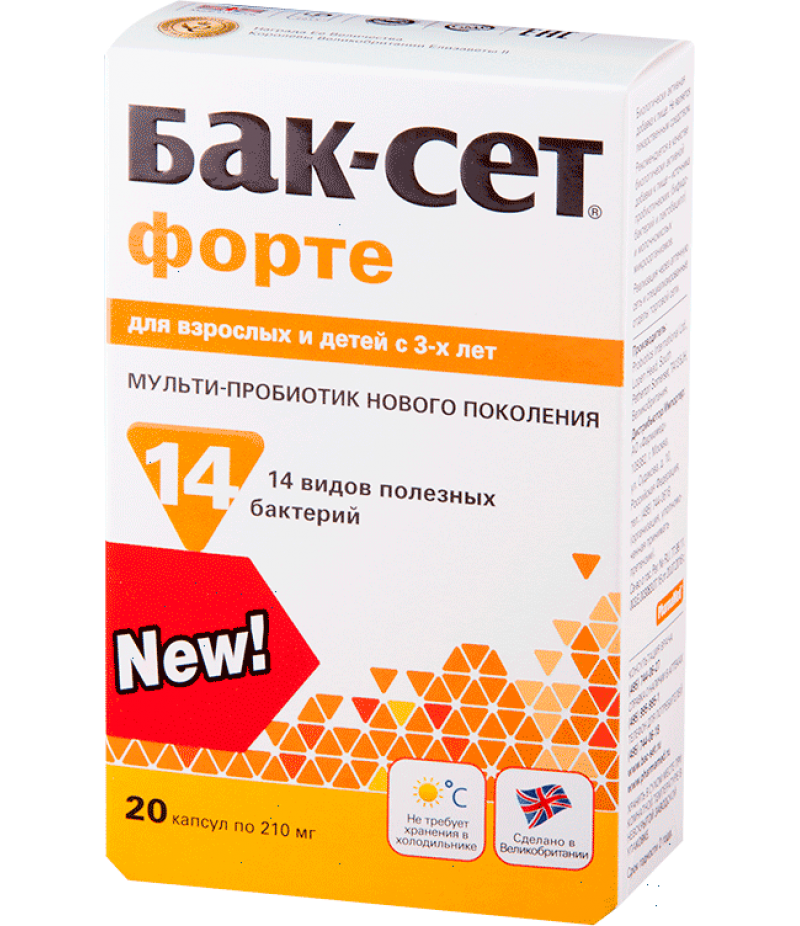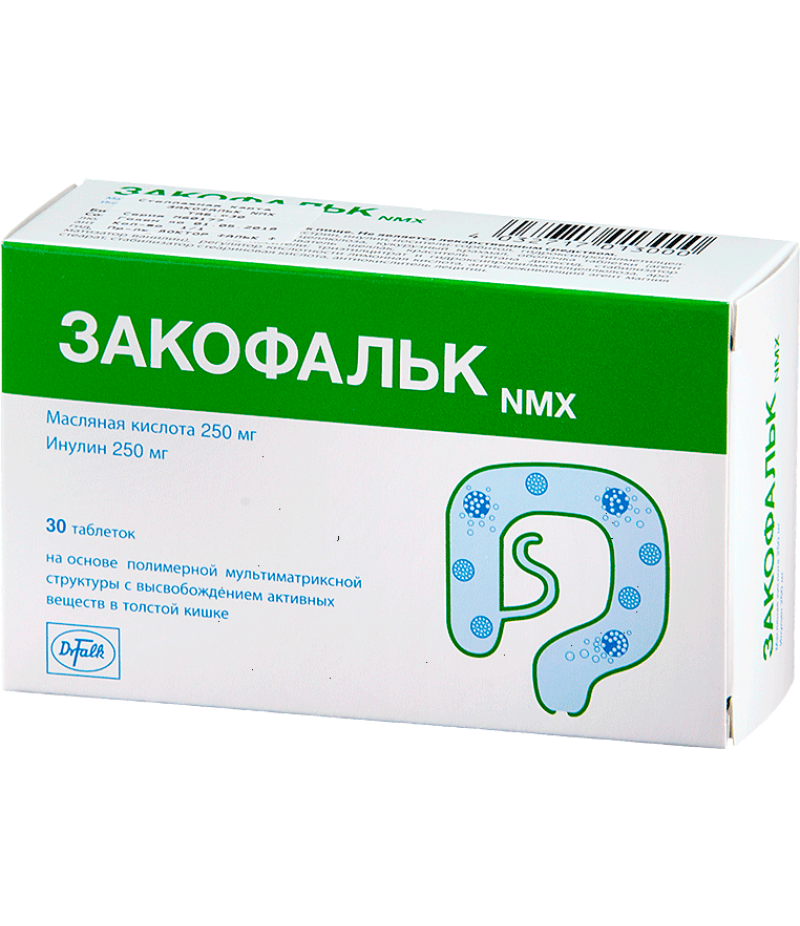Lactobacterin 5dose #10
- $8.37
- 3 or more $7.89
- Availability:In Stock
Lactobacterin instruction for useYou can buy Lactobacterin hereCompositionIn 1 dose live lactobacillus 2 x 109 cfu.Form of issue Lactobacterin dry in ampoules (vials) for 3, 5 or 10 doses. Powder (1 sachet 5 dose..
Lactobacterin instruction for use
You can buy Lactobacterin here
Composition
In 1 dose live lactobacillus 2 x 109 cfu.
Form of issue
Lactobacterin dry in ampoules (vials) for 3, 5 or 10 doses. Powder (1 sachet 5 doses) to prepare the suspension.
pharmachologic effect
Normalizing intestinal microflora and gastrointestinal function. Antibacterial, immunomodulating.
Pharmacodynamics and pharmacokinetics
Pharmacodynamics
The drug contains a dried mass of live lactobacilli, which produce lactic acid and have activity against pathogenic bacteria (staphylococci, enteropathogenic E. coli, protae). Normalize the activity of the gastrointestinal tract, promote the restoration of immunity, improve metabolic processes. In vaginal application, the glycogen of the vaginal epithelium is metabolized to lactic acid, a high concentration of which damages the pathogenic flora. Increase the resistance of the body.
Pharmacokinetics
Not presented.
Indications for use
dysbacteriosis of the gastrointestinal tract;
salmonellosis and dysentery;
functional diarrhea;
dysfunction of the intestine in newborns (also in premature infants);
non-infectious enteritis and colitis;
chronic colitis;
diseases of the oral cavity and ENT organs;
atopic dermatitis.
Contraindications
Candidiasis and vulvovaginal candidiasis;
hypersensitivity;
children's age (suppositories).
Pregnancy and lactation are not contraindications.
Side effects
In rare cases, allergic reactions.
Instructions for use Lactobacterin (Method and dosage)
Lactobacterin dry, instructions for use
This form of the drug is available in ampoules or vials. It is necessary to pay attention to the fact that the ampoule can contain 3, 5 or 10 doses. The drug is diluted with boiled water immediately before consumption and taken in before meals for 30 minutes.
Adults and children from 12 years of age are recommended to take 5 doses 2-3 times a day. The maximum SD is 15 doses.
The duration of treatment depends on the disease:
with dysbacteriosis - 3-4 weeks;
nonspecific ulcerative colitis - up to 2 months;
in the chronic course of dysentery, convalescence after OCI 4-6 weeks.
The prepared suspension can rinse the oral cavity, use the form of therapeutic microclysters or irrigate the mucous membrane of the genital tract. In case of intravaginal application, the tampon is impregnated with the preparation (5 doses), which is dissolved in 10 ml of water, the tampon is inserted into the vagina for 3 hours.
When preparing pregnant women before birth - 5 doses 1 time per day for 7 days.
In inflammatory diseases - intravaginally 2 times a day, 10 days, starting from the 12th day of the menstrual cycle.
Instruction for newborns
For newborns, it is more expedient to choose a drug with a minimum number of doses in an ampoule or vial. Breast children can be given before breast-feeding.
Doses are recommended:
from birth to 6 months - 3 doses 2 times a day;
from 6 months - 3 doses 2 times a day;
from 1 year to 3 years - 5 doses 2 times a day;
from 3 years to 6 years - 5 doses 2-3 times.
Overdose
Not registered.
Interaction
Compatible with bifidumbacterin and Normase. It has a high antibiotic resistance, so it is allowed to use antibiotics during the treatment. However, there is a decrease in the effectiveness of the drug. When applied simultaneously with vitamins (group V, B), the effect is enhanced.
Terms of sale
Released without a doctor's prescription.
Storage conditions
Storage temperature 4-2 ° C.
Shelf life
Dry preparation and suppositories - 1 year.
Lactobacterin for newborns
This drug is often recommended for newborns with a prophylactic goal. Its use allows you to quickly colonize the intestines with a useful microflora. In this case, the reception and bifidobacteria are also desirable. In normal intestinal flora, bifidobacteria predominate, but lactobacilli produce more lactic acid, which inhibits the multiplication of pathogenic flora.
In the case of dysbiosis (predominance of opportunistic and pathogenic flora in the intestine), the child develops a disorder of stool, bloating, frequent regurgitation, belching of the air. Often the symptoms of dyspepsia occur with artificial feeding. Lactobacterin helps restore the digestive function and intestinal microflora, prevents increased gas production and colic.
Instruction for newborns
For newborns, dry Lactobacterin is diluted with boiled water: 1 ml per 1 dose. If there are 5 doses in an ampoule or vial, then 5 ml of water will be required, respectively. You can measure it with a syringe. The resulting suspension should be well shaken and the same number of doses to be measured with the same syringe. You can dilute with breast milk or a mixture and give from a spoon, from the same vial, putting a pacifier on it.
Dosage regimens by age are described above. The dose can be changed by the pediatrician depending on the manifestations of the disease. The finished solution can not be stored. Remains can be used by a nursing mother - it will only benefit her. The duration of treatment also depends on the severity of the symptoms. If the preventive goal is enough to take within 2 weeks, then with dysbiosis - up to 1 month. If no improvement is observed after 2 weeks, a repeated analysis of the stool and treatment is changed. Possible repeat courses in 3 weeks, but give 3 doses once a day.
Reviews about the drug are diverse: some drug has helped, some have not noticed improvements and note side effects.
"... It helped us with colic and gas in the intestines. Not immediately, but only on day 5 colic stopped, the child became calm. A month was treated ";
"... We suffer from colic and swelling. Have written out Lactobacterin. After a while, problems with the intestines were over ";
"... After taking this drug, the child began to strongly regurgitate";
"... It was first encountered in the maternity hospital. He was given a baby, since I was pricked with antibiotics. He did not have disorders and swelling. "
Often Lactobacterin is combined with Bifidumbacterin.
"... The analysis revealed a shortage of bifido- and lacto bacteria. I give babies Lactobacterin in the morning, and in the evening Bifidumbacterin. So far, so good. "
Reviews about Lactobacterin
The drug is classified as probiotics. Probiotics are considered drugs that contain substances of microbial origin. This preparation of the first generation of probiotics is monocomponent, containing one strain of bacteria. Lyophilized dried bacteria contribute to the normalization of the intestinal microflora (lactobacilli colonize the lower parts of the small intestine and the large intestine) and the vagina. These drugs have virtually no adverse reactions, by their nature - are physiological agents and well tolerated by patients. Most of them, including Lactobacterin can be used from the 1st day of life, as well as in premature infants. The variety of forms of release of the drug causes the use in different age groups and with various diseases.
Lactobacterin for newborns is used in the form of powdered mass in bottles of 3 doses, since for a given age group it is a convenient dosage. Reviews for the newborns are generally positive: someone earlier, someone later, but the manifestations of dysbiosis are. In this case, the drug is relatively inexpensive. Its effectiveness may decrease if stored incorrectly. Many note the greater effectiveness of the liquid form of the drug.
"... It turned out that our 4 month old daughter has a dysbacteriosis congenital. We drink liquid Lactobacterin, purchased in the laboratory. At once almost helped - after 3 days the child began to sleep for the first time at night ";
"... My child had diarrhea from the 10th birthday and he was prescribed this drug. Acts and helped a lot »;
"... To restore the stool and eliminate swelling gave the child in the morning before feeding 5 doses of Bifidumbacterin, and the night before feeding 5 doses of Lactobacterin. Everything went well for 20 days. "
The drug is used in bacterial vaginitis, when the microflora of the vagina is disrupted and there is a decrease in the number of lactobacilli. For the treatment of vaginitis, antibacterial drugs are first used, and in the second stage candles are used to restore the normal environment of the vagina.

